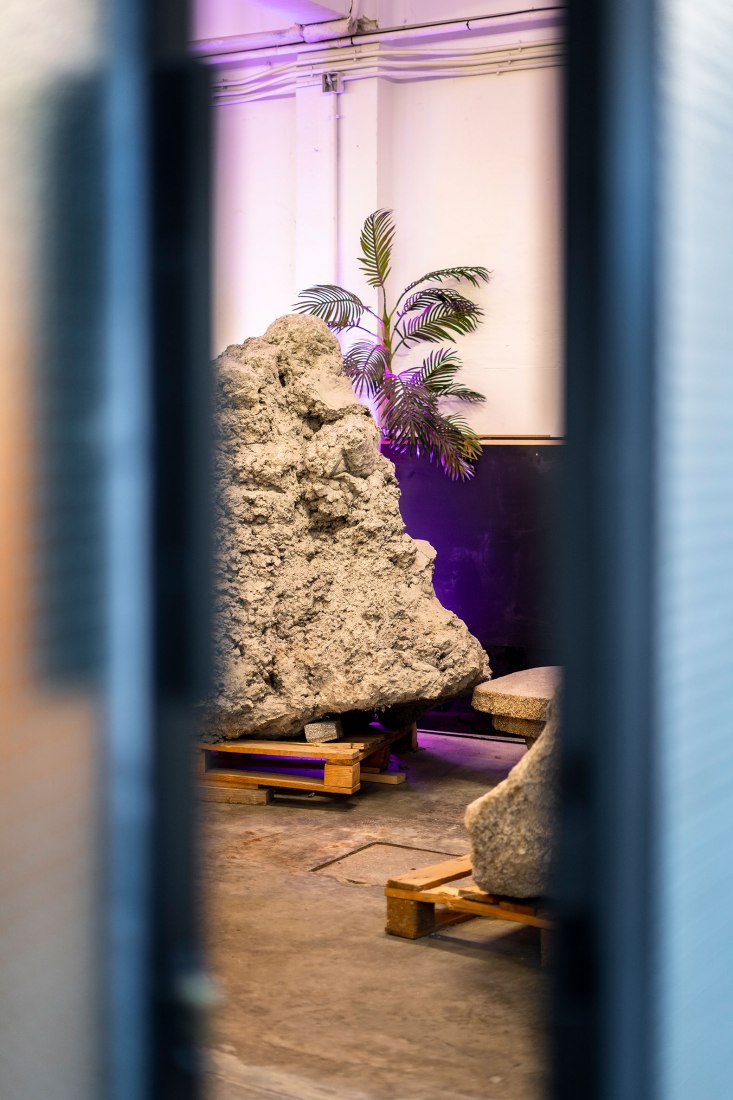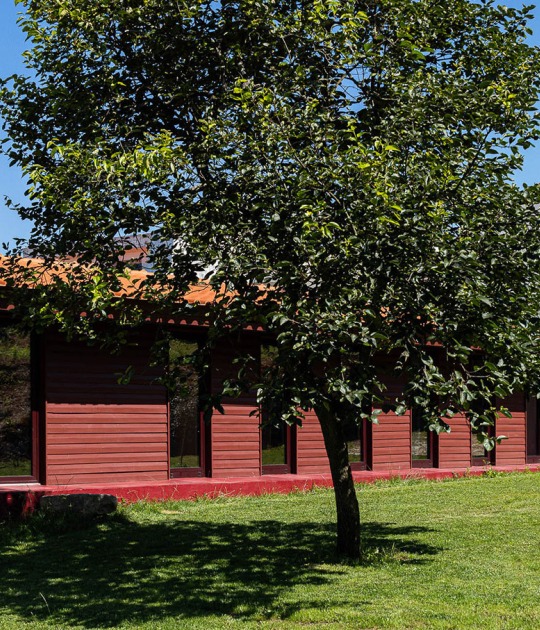The intervention focuses on two parts. The first part is the recovery and enhancement of the volume, eliminating the additions that appeared in the years of activity. The second part consisted of the development of functional modules to promote the use of different spaces in the area.
This is how Taller de Casquería proposes a series of formalities to protect the industrial heritage of the city of Madrid through adaptable use and occupation over time, allowing the life of the industrial heritage to be prolonged and preventing its demolition.
Project description by Taller de Casquería
Pilarica is a project to reactivate an industrial space in the urban fabric of the city of Madrid. This project is the first in a series whose strategy is to protect the city's industrial heritage through use and occupation formulas that allow it to prolong its life and prevent its demolition.
The industrial activity in the center of the city of Madrid has gradually lost its weight in the last 30 years until it found itself in the current situation, in which said use has practically disappeared. The causes are similar to those of many other urban centers; On the one hand, the environmental protection regulations in terms of noise and emissions and, on the other, the increase in the value of the land, caused the emigration of these uses to the periphery of the city.
As a consequence, urban-industrial warehouses have become obsolete, being mainly used by small guilds that still retain these properties. Most of these spaces are found on the ground floors of residential buildings, extending beyond the back of the building and invading the space of the urban block courtyards.
Now dealing with a mainly residential and commercial plot, which no longer requires the use of these large-volume and surface spaces, the current urban planning regulations seek to recover the urban block patios and therefore the demolition of the structures that occupy them. The tool used for this is the change of use, from industrial use to residential use. An industrial space may become a residential space as long as a series of requirements described in the municipal ordinance are met, such as minimum lighting, ventilation, or accessibility conditions.
The most drastic change, however, supposes the limitation of the building fund, which impedes the implementation of residential use in those buildings that invade the block courtyards, forcing the demolition of the industrial buildings that occupied them.
The incentive to make these changes in use is given by the real estate market, causing the value of the land to triple or quadruple when it becomes a residential space, mainly spurred by the rental price bubble that the city suffers. Although part of this situation is understandable, since there is a claim to improve the interior conditions of residential blocks, the city is increasingly condemned to unitary use and this typology to the disappearance.
Our proposal for Pilarica tries to find urban and architectural tools that allow these structures to be kept in a context that wants to see them disappear. The programmatic proposal is a hybrid between public space and private space, a productive space, and a residential space.
The intervention in the ship was based in part on the recovery and enhancement of the space volume of the ship, knocking down the additions that appeared in its years of activity, and the conditioning of the space to allow the proposed uses. On the other hand, we developed two functional modules to promote the use of the different spaces of the industrial building.
On the lower floor, there is a washing and drying tunnel used for the artistic production that takes place in this space, in addition to a toilet located below. On the upper floor, a wet module is inserted that concentrates functions and wishes of the tenants, delimiting different rooms and making the space livable.
The finishes on the lower floor are raw and neutral, intended to enable and not condition the intended activity of the space. The upper floor, on the other hand, tries to approach domestic use and closer contact with the body, causing a contrast between smooth and rough textures, soft and hard.
The insertion of these uses is intended to emulate the insertion of the industrial machinery used in previous occupations of this space. Like a cheese pasteurizer tank or a body lacquering tunnel, these pieces occupy the warehouse temporarily, without definitively conditioning the possibilities of this space and therefore facilitating a subsequent tenant to reprogram it.
Pilarica seeks to protect the industrial heritage of the city of Madrid through use and occupation formulas that allow it to prolong its life and prevent its demolition.














































